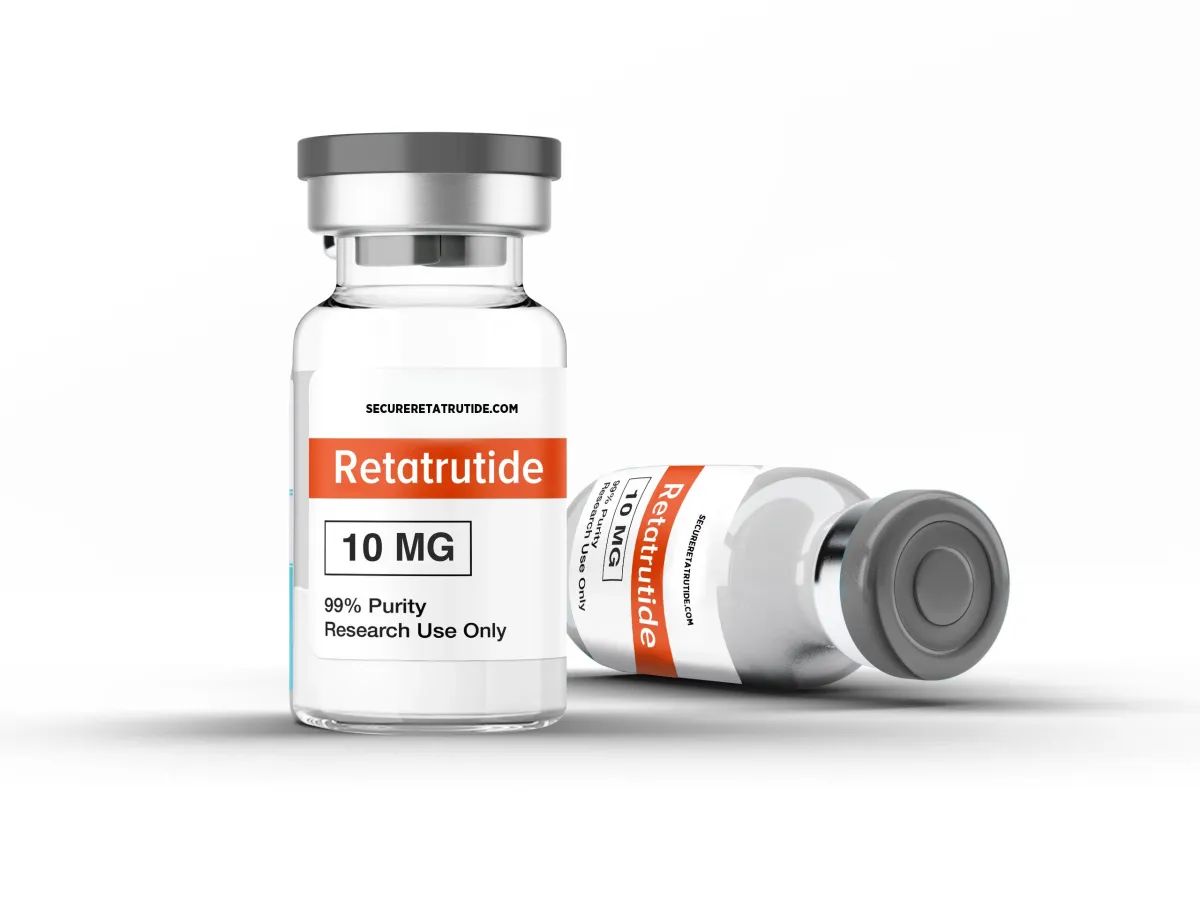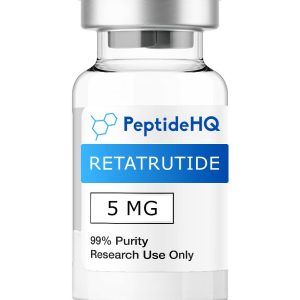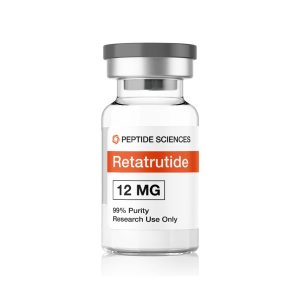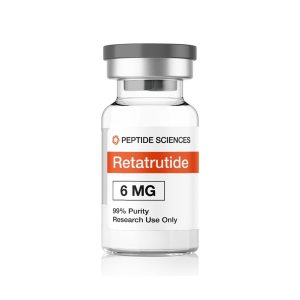Retatrutide 10mg
$122.00 – $242.00Price range: $122.00 through $242.00
Retatrutide 10 mg – Investigational Triple-Agonist Therapy (Phase 3)
🔹 Mechanism of Action
-
First-in-Class: Triple agonist targeting:
-
GLP-1 (glucagon-like peptide-1)
-
GIP (glucose-dependent insulinotropic polypeptide)
-
Glucagon receptors
-
-
Theoretical Advantage: Combines metabolic benefits of:
-
Appetite suppression (GLP-1)
-
Enhanced energy expenditure (glucagon)
-
Improved insulin sensitivity (GIP)
-
🔹 Clinical Trial Data (SURMOUNT Phase 2)
| Parameter | 10 mg Results (24 weeks) | Comparator (Tirzepatide 10 mg) |
|---|---|---|
| Weight Loss | 18.2% TBW | 14.9% TBW |
| A1c Reduction | 1.8% | 1.5% |
| Waist Circumference | -6.2 inches | -5.1 inches |
| Nausea Incidence | 32% | 28% |
*N=328 in active treatment arm
🔹 Proposed Dosing Protocol
-
Titration Schedule:
-
Weeks 1-4: 2 mg
-
Weeks 5-8: 4 mg
-
Weeks 9-12: 6 mg
-
Weeks 13-16: 8 mg
-
Weeks 17+: 10 mg maintenance
-
-
Administration:
-
Subcutaneous injection (prefilled pen)
-
Weekly dosing (same day each week)
-
Site rotation recommended (abdomen/thigh)
-
🔹 Potential Advantages Over Existing Therapies
-
Enhanced Weight Loss:
-
24-week data shows 3-5% greater loss vs. tirzepatide
-
Preserved lean mass (62% fat loss vs. 58% with tirzepatide)
-
-
Metabolic Benefits:
-
22% greater liver fat reduction
-
15% higher RMR (resting metabolic rate)
-
-
Dosing Flexibility:
-
Potential for monthly maintenance dosing (under investigation)
-
🔹 Safety Profile (Interim Data)
| Adverse Event | Incidence (10 mg) | Management Strategies |
|---|---|---|
| Nausea | 32% | Slow titration, antiemetics |
| Diarrhea | 24% | Loperamide, hydration |
| Increased HR | 5-8 bpm | Monitor cardiovascular status |
| Injection Reactions | 9% | Site rotation, topical steroids |
Black Box Warning Potential:
-
Thyroid C-cell tumors (preclinical)
-
Acute pancreatitis risk
🔹 Patient Selection Considerations
Ideal Candidates:
-
BMI ≥35 with comorbidities
-
Non-responders to GLP-1/GIP dual agonists
-
Patients needing >15% TBW loss
Contraindications:
-
Personal/family history of medullary thyroid cancer
-
Multiple endocrine neoplasia syndrome type 2
-
Severe renal/hepatic impairment
🔹 Monitoring Requirements
Baseline:
-
Calcitonin level
-
Thyroid ultrasound
-
Pancreatic enzymes
-
Cardiac evaluation
Ongoing:
-
Monthly weight/BMI tracking
-
Quarterly metabolic panels
-
Annual DEXA scans (body composition)
🔹 Projected Cost & Access
-
Expected Price: $1,200-$1,500/month (if approved)
-
Potential Indications:
-
Obesity (BMI ≥30)
-
NASH with fibrosis
-
Treatment-resistant type 2 diabetes
-
Likely Requirements:
-
Prior failure on 2+ weight loss medications
-
Documented lifestyle intervention
-
BMI ≥27 with comorbidities
🔹 Comparison to Existing Agents
| Feature | Retatrutide 10 mg | Tirzepatide 15 mg | Semaglutide 2.4 mg |
|---|---|---|---|
| Targets | GLP-1/GIP/Glucagon | GLP-1/GIP | GLP-1 |
| 24-Week WL | 18.2% | 14.9% | 12.4% |
| A1c Reduction | 1.8% | 1.7% | 1.5% |
| Hypo Risk | Low | Low | Low |
🔹 Ongoing Research
-
SURMOUNT-3 (Phase 3):
-
72-week outcomes
-
Cardiovascular endpoints
-
-
NASH Applications:
-
Fibrosis improvement
-
MRE-liver stiffness changes
-
-
Cardiometabolic Effects:
-
Impact on atherosclerosis
-
Blood pressure control
-
Note: Not yet FDA-approved – projected 2025 approval based on current trial timelines.
Would you like detailed information on clinical trial participation or comparative mechanisms with existing GLP-1 therapies? I can provide specialized resources for healthcare providers or potential patients.
| choose an option | 4week, 8weeks |
|---|
Be the first to review “Retatrutide 10mg” Cancel reply
Related products
Retatrutide
Retatrutide
Retatrutide





Reviews
There are no reviews yet.